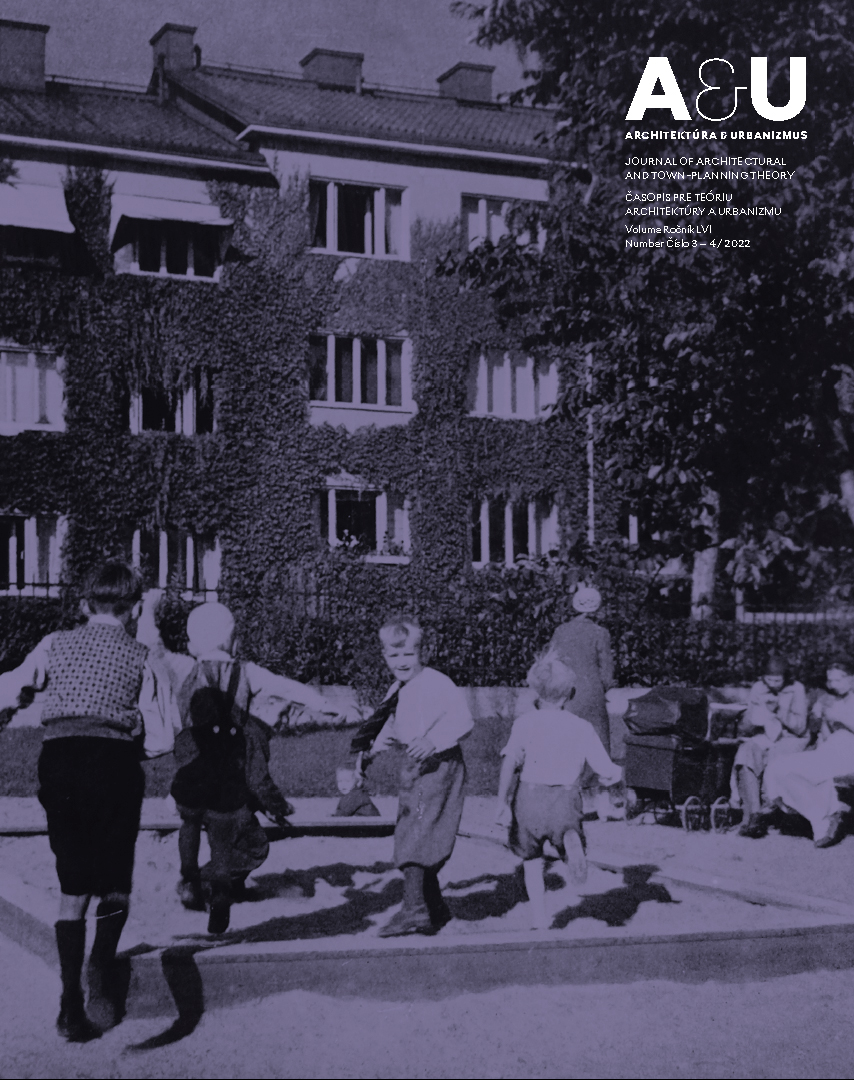The article explores the architecture and town planning applied in the case study of the new mining town of Arsia (1937) in the political, social and cultural context of the 1930s, highlighting the debate between modernism and tradition. It examines the aspects of social policies in architectural design, urban planning and environmental transformation, focused on architecture as both instrument and medium. By placing building programs in historical and multidisciplinary perspective, the aim is to offer a critical re-reading of the relations, actors and vehicles of the political context. Special attention is given to the complexity and contradiction of architectural culture over the historical timespan from the 1930s to the post-socialist transition.
DOI: https://doi.org/10.31577/archandurb.2022.56.3-4.6

This work is licensed under a Creative Commons Attribution 4.0 International License




